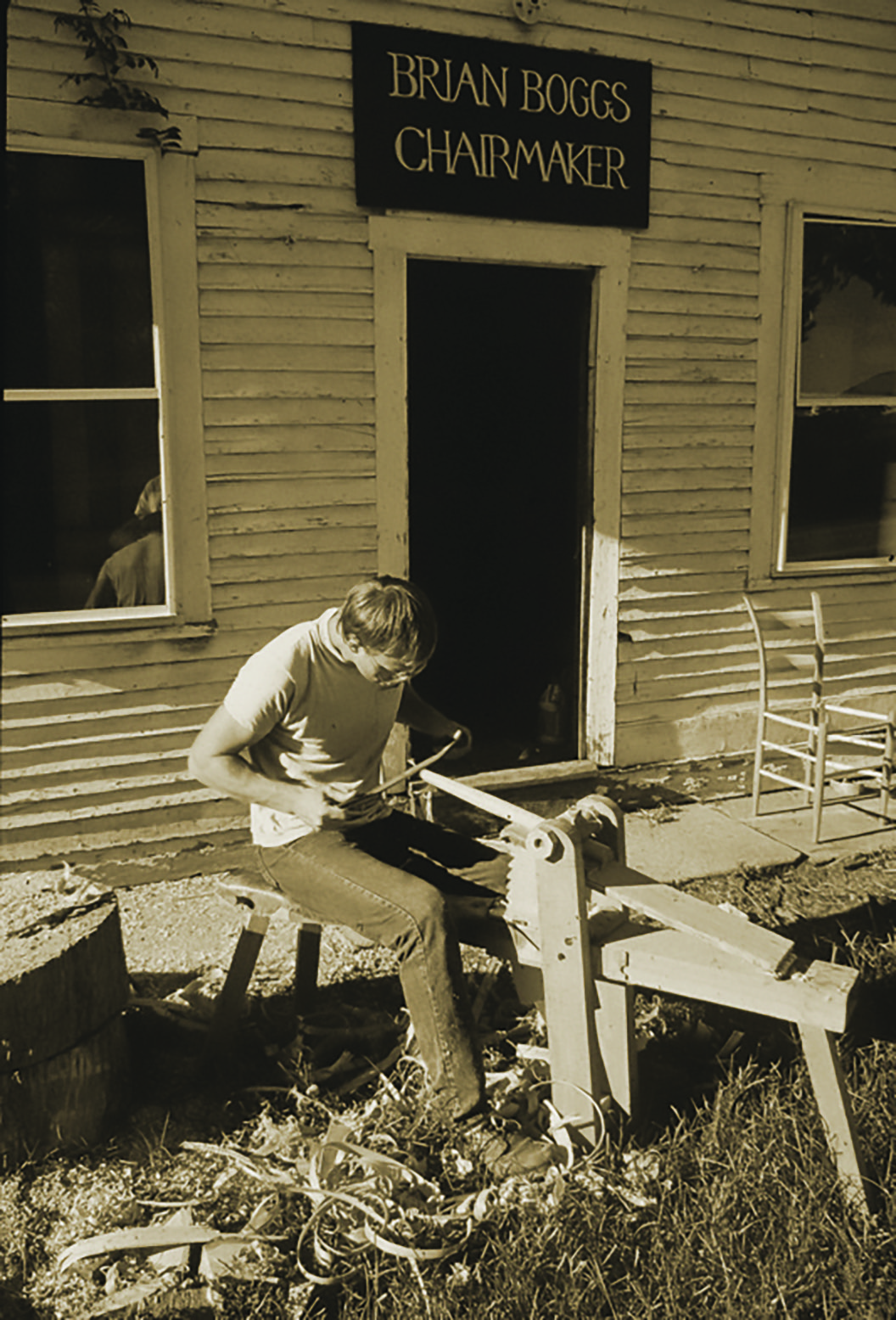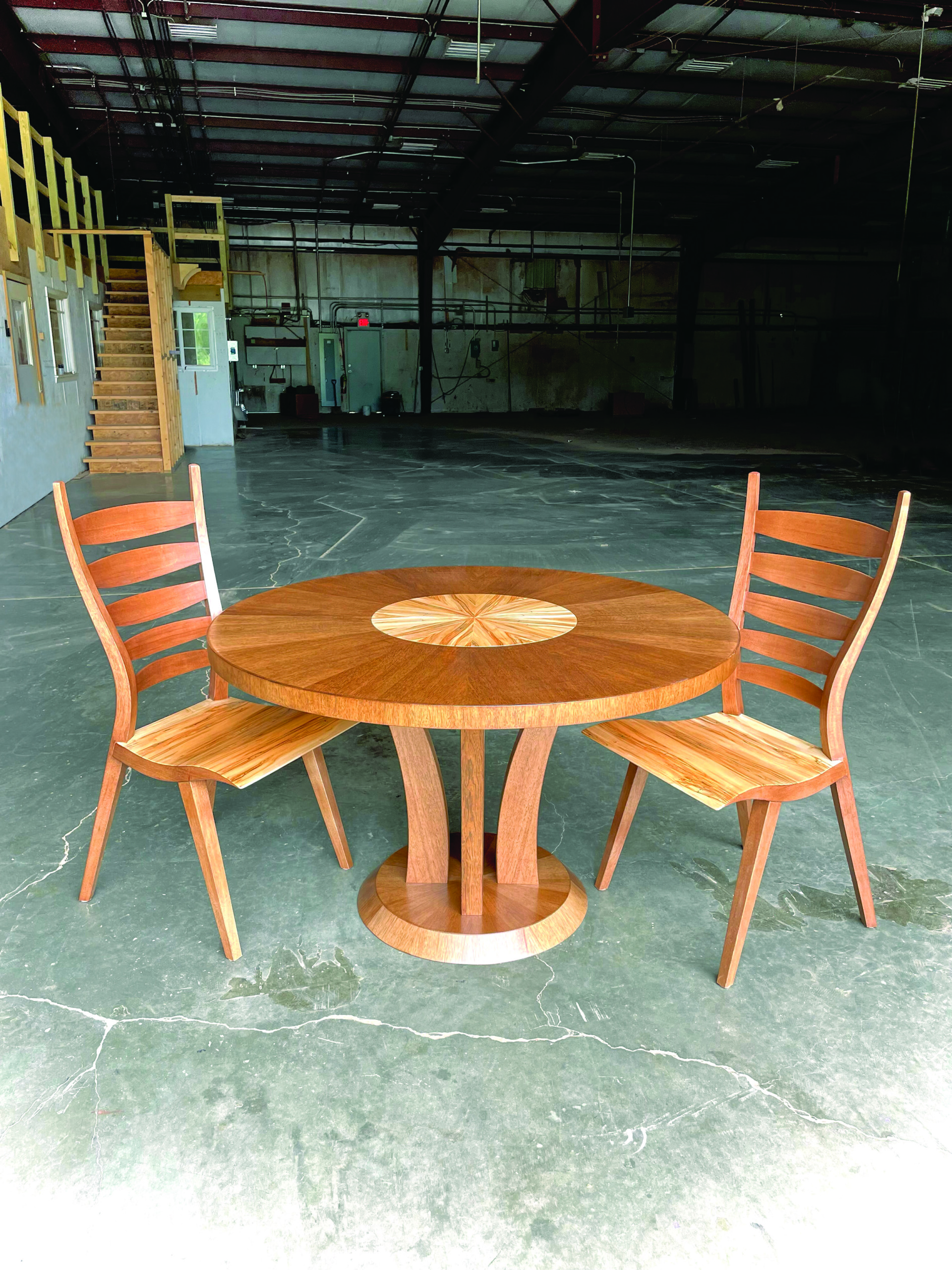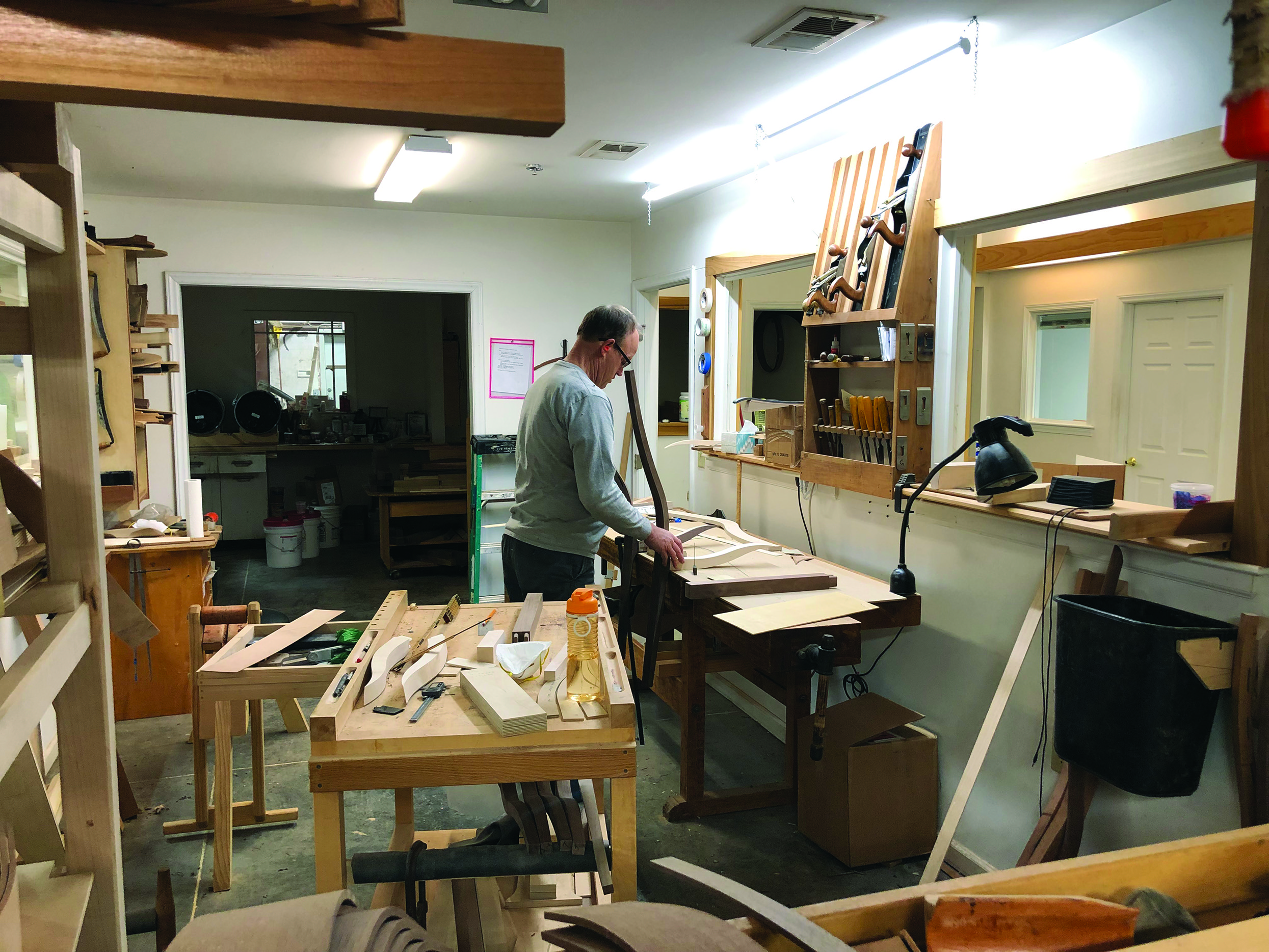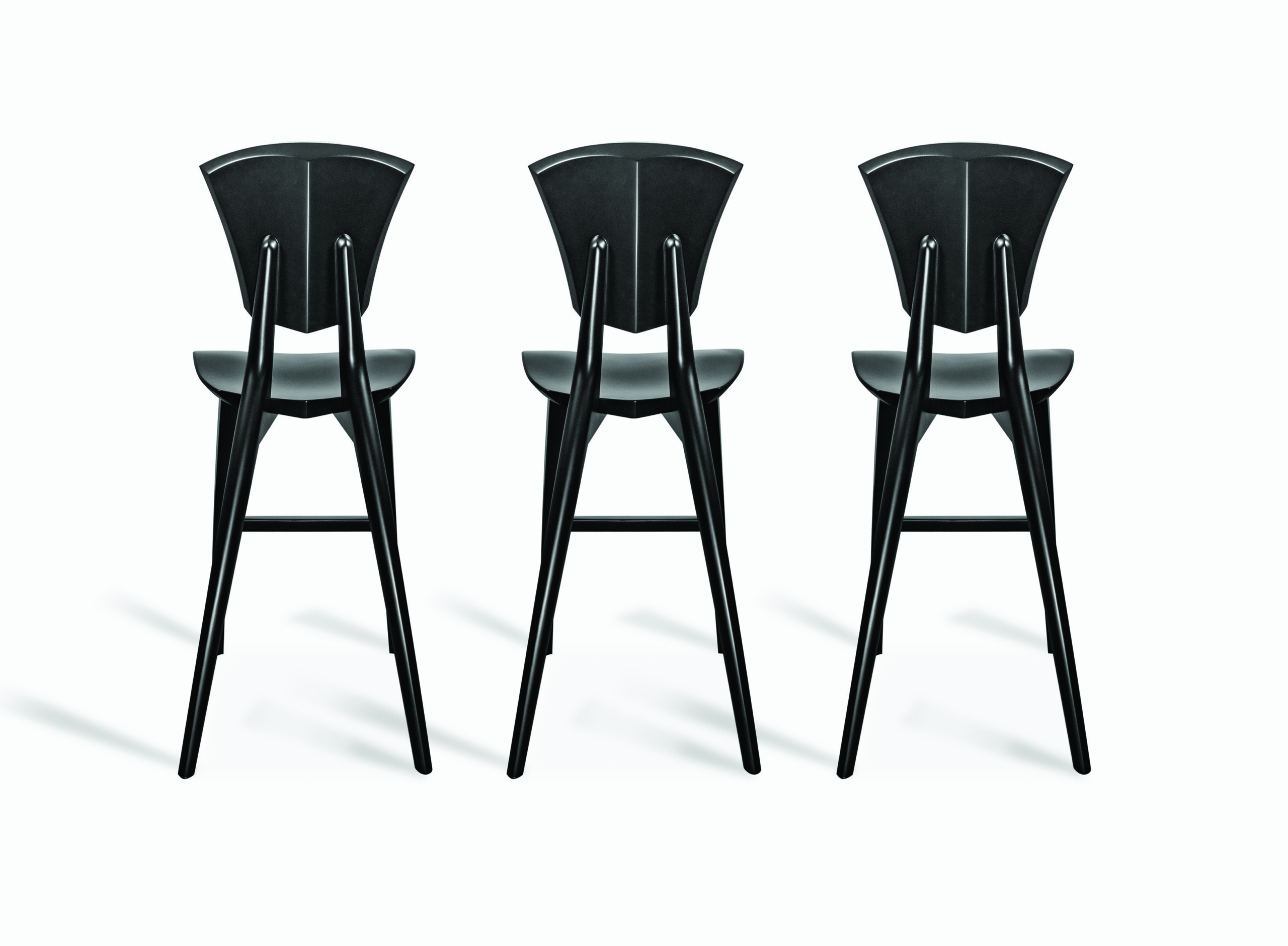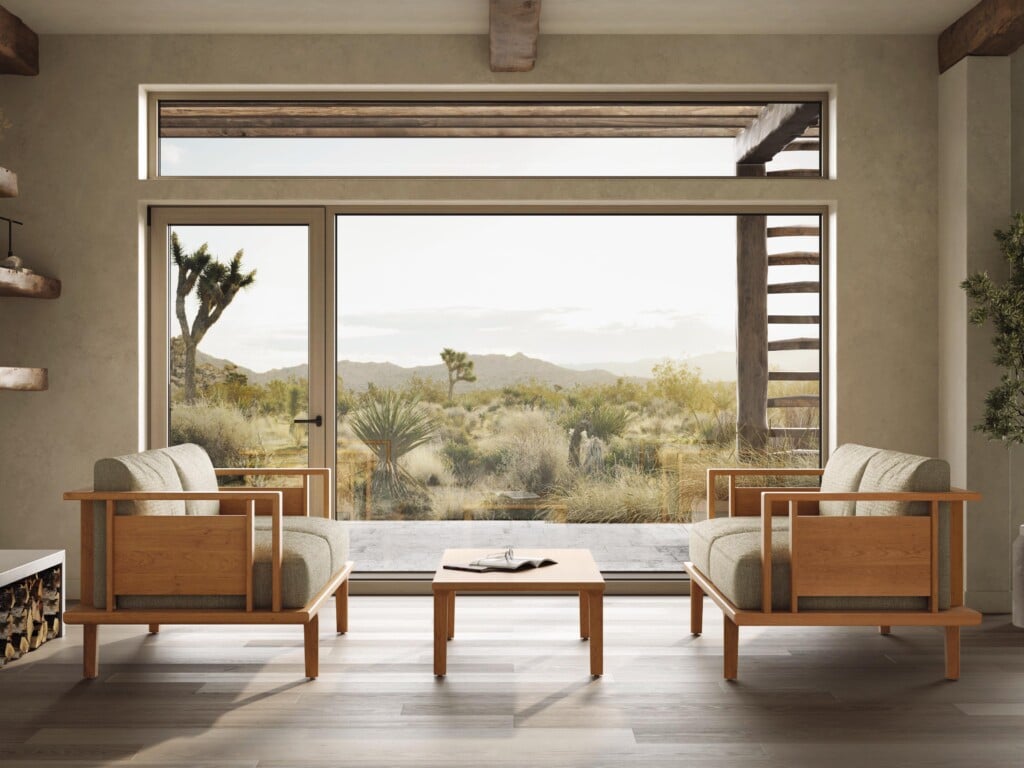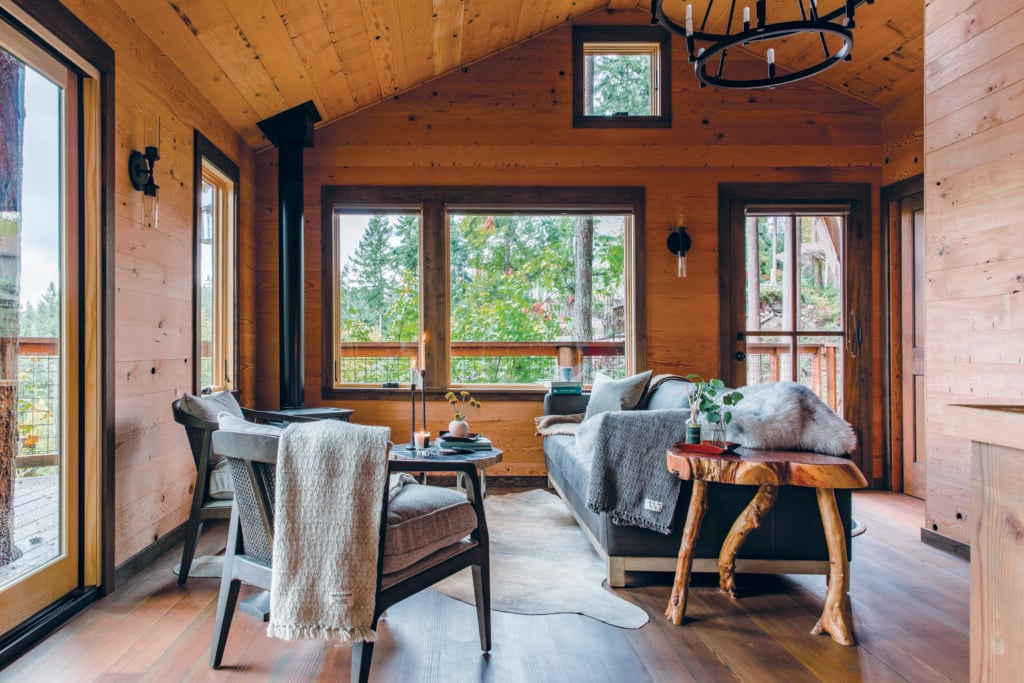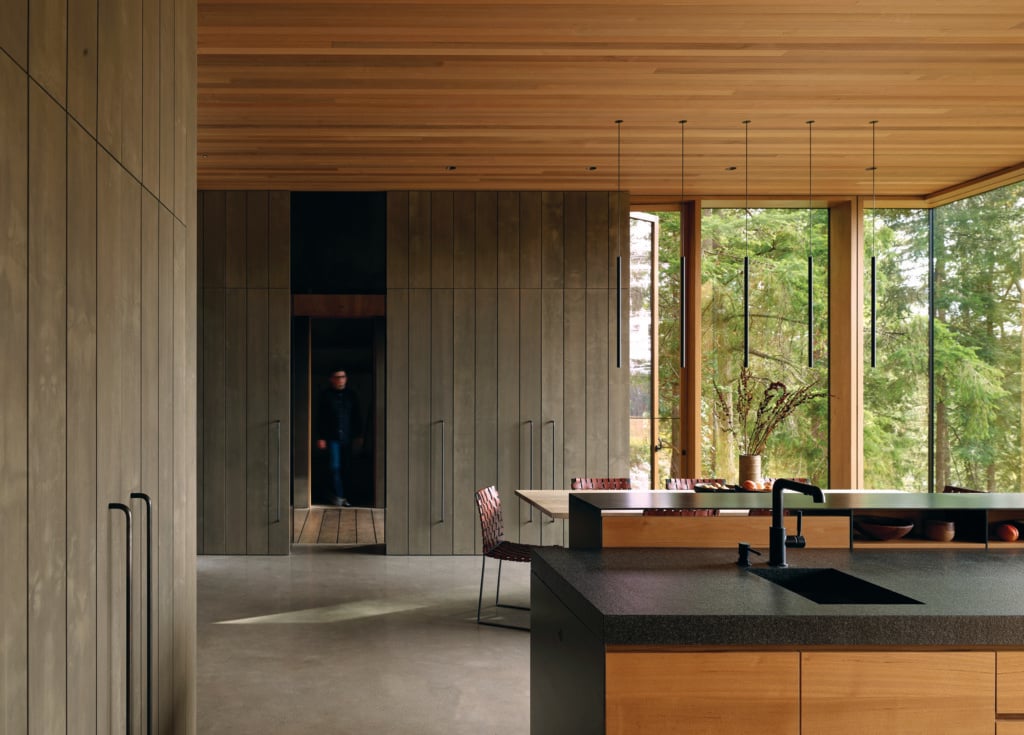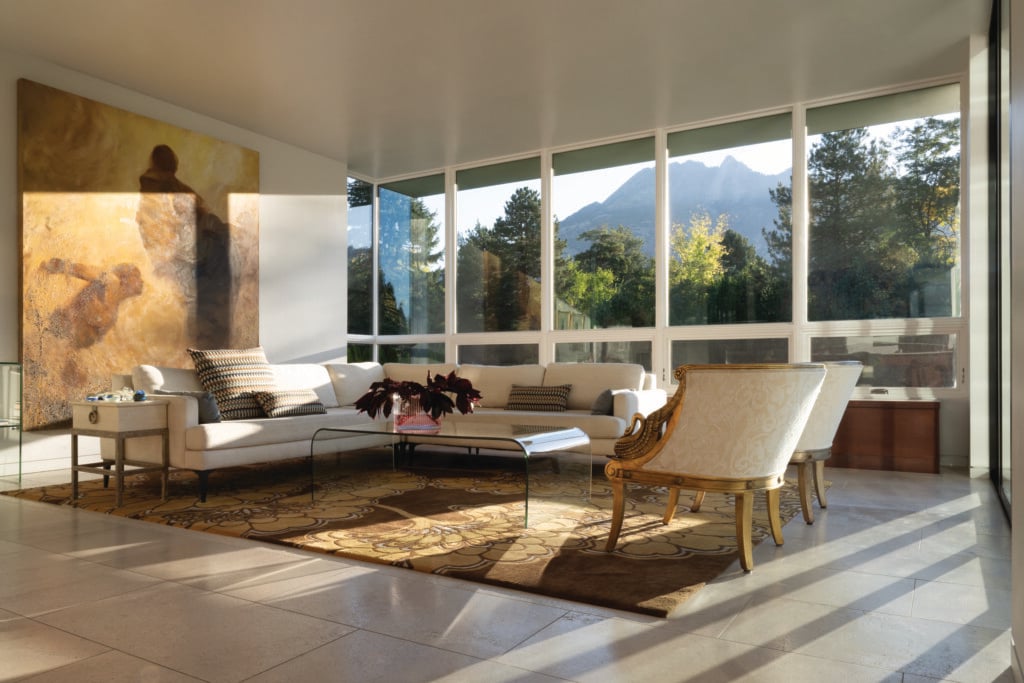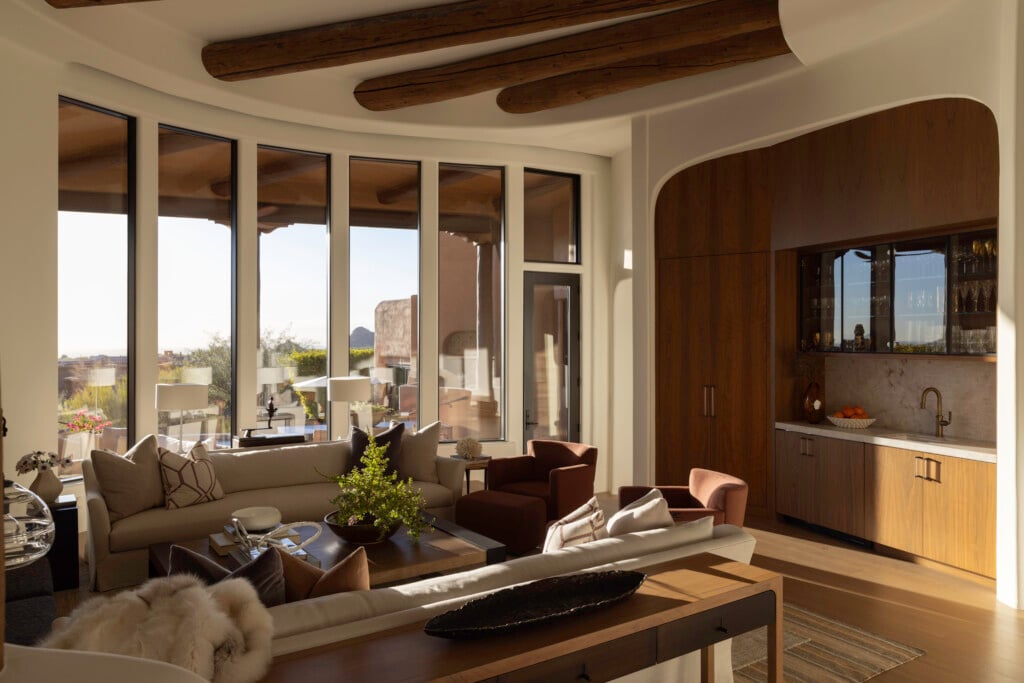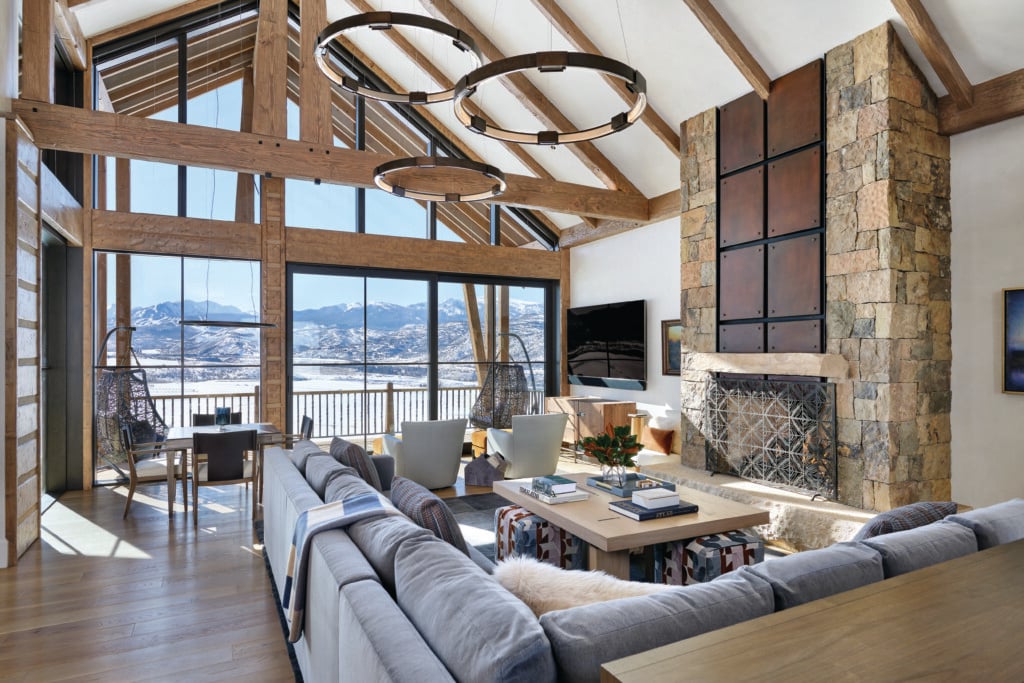Art of the Chair: Brian Boggs’ Timeless Craft
A deep and storied career in woodworking was inspired by growing up and climbing trees in the North Carolina woods.
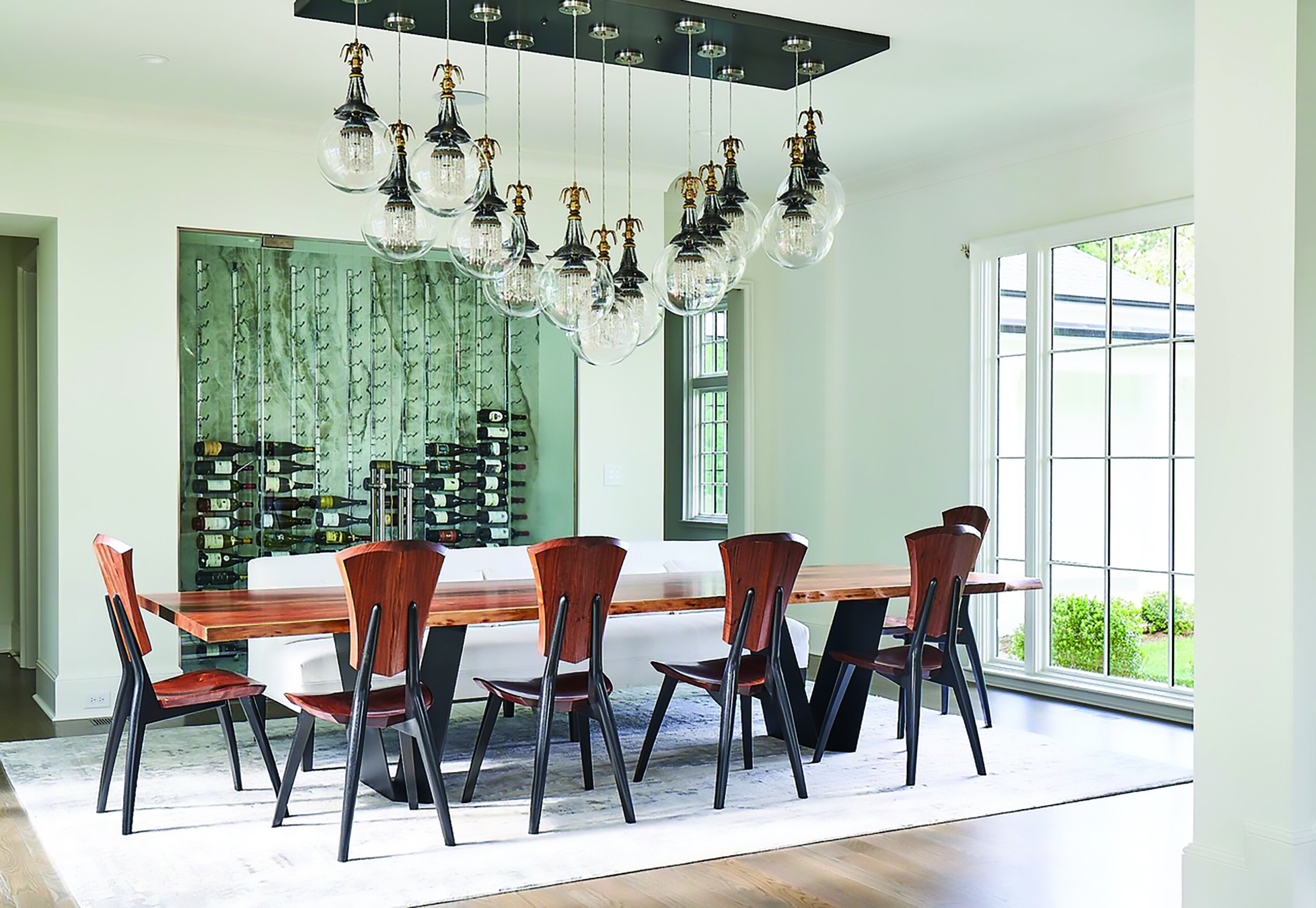
Grand Lily chairs have walnut seats and backs, and feature ebonized walnut legs. Boggs often uses black legs to enhance a chair’s design and bring out the beauty of its lines. | Photo: Melanie Boggs
“No other piece of furniture hugs you,” says Brian Boggs, who has made chairs for more than 43 years and is the founder of Brian Boggs Chairmakers. “Chairs have a stronger personality than other pieces of furniture…and that’s part of the reason I got into chair making and why I’ve stayed with it so long.”
Boggs’ studio in Ashville, North Carolina, was inundated by torrential rains during Hurricane Helene in the fall of 2024. “We were lucky,” he says. “The floodwaters stopped eight inches below our floor level.” Still, the company’s efforts to get back to the business of making chairs have been heroic—from a major cleanup to drying out the rain-soaked wood.
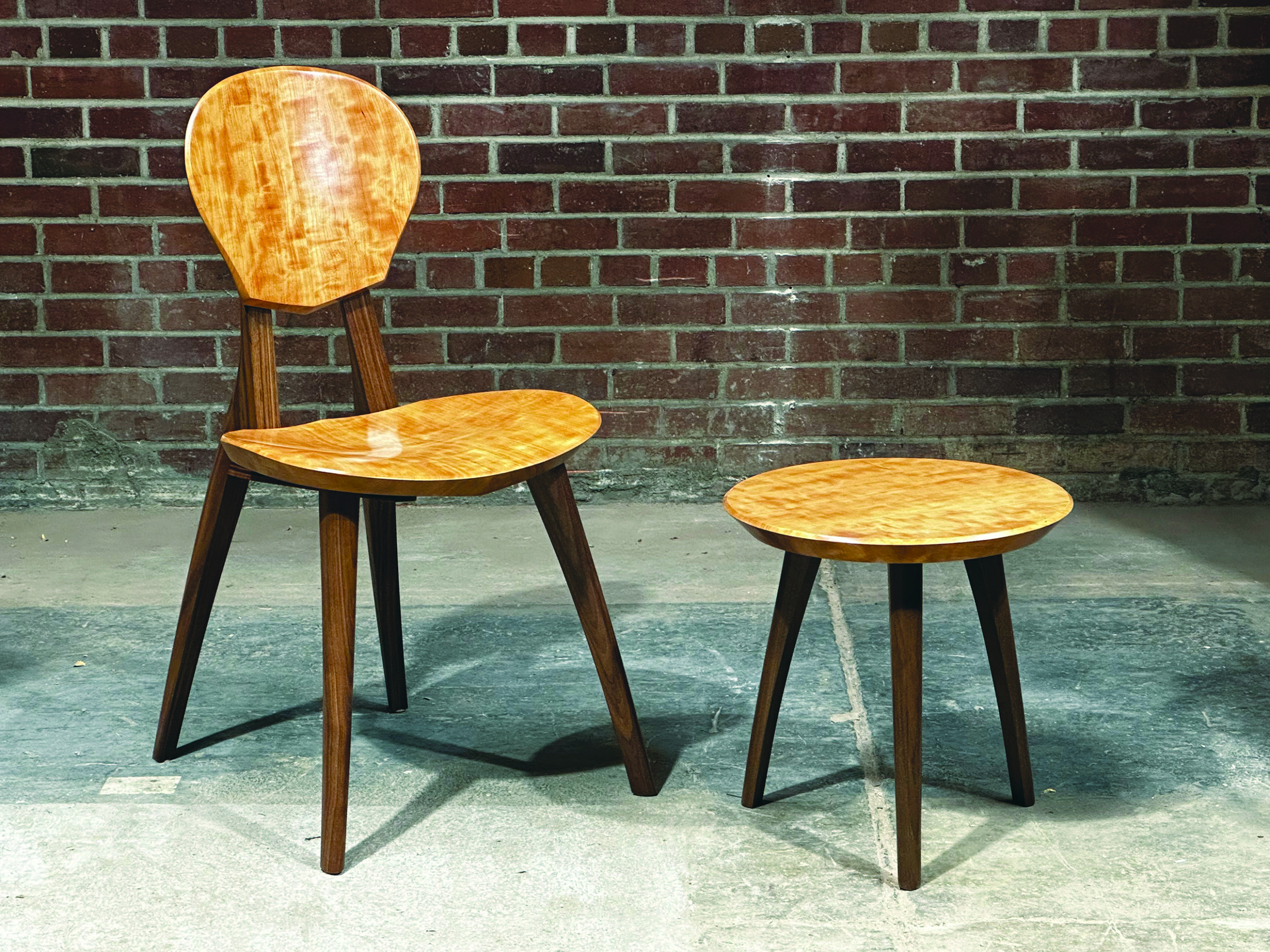
Sonus guitar chair (shown here in bee’s wing cherry with walnut legs) has become an international celebrity. Guitarists worldwide use this ergonomic work of art and praise its excellent support for sitting while playing music. | Photo: Melanie Boggs
Boggs’ fascination with trees started when he was still a boy in the North Carolina woods, not far from where his woodworking shop is now located. He climbed trees, made drawings of trees and developed a love affair with trees that he didn’t fully understand at the time. “They’re part of our DNA; we breathe in what they exhale,” he says, “and this relationship and dependence has become ingrained in our species.”
In 1982, Boggs began building chairs in his backyard, splitting logs apart and making chairs the old-fashioned way—with joinery and without glue. He even designed his own tools. “I started out with very traditional shapes and lines,” he says. As his skills evolved, he became less tethered to traditional methods and designs. Now, because of what he’s learned over the years, he can create pretty much anything he can imagine.
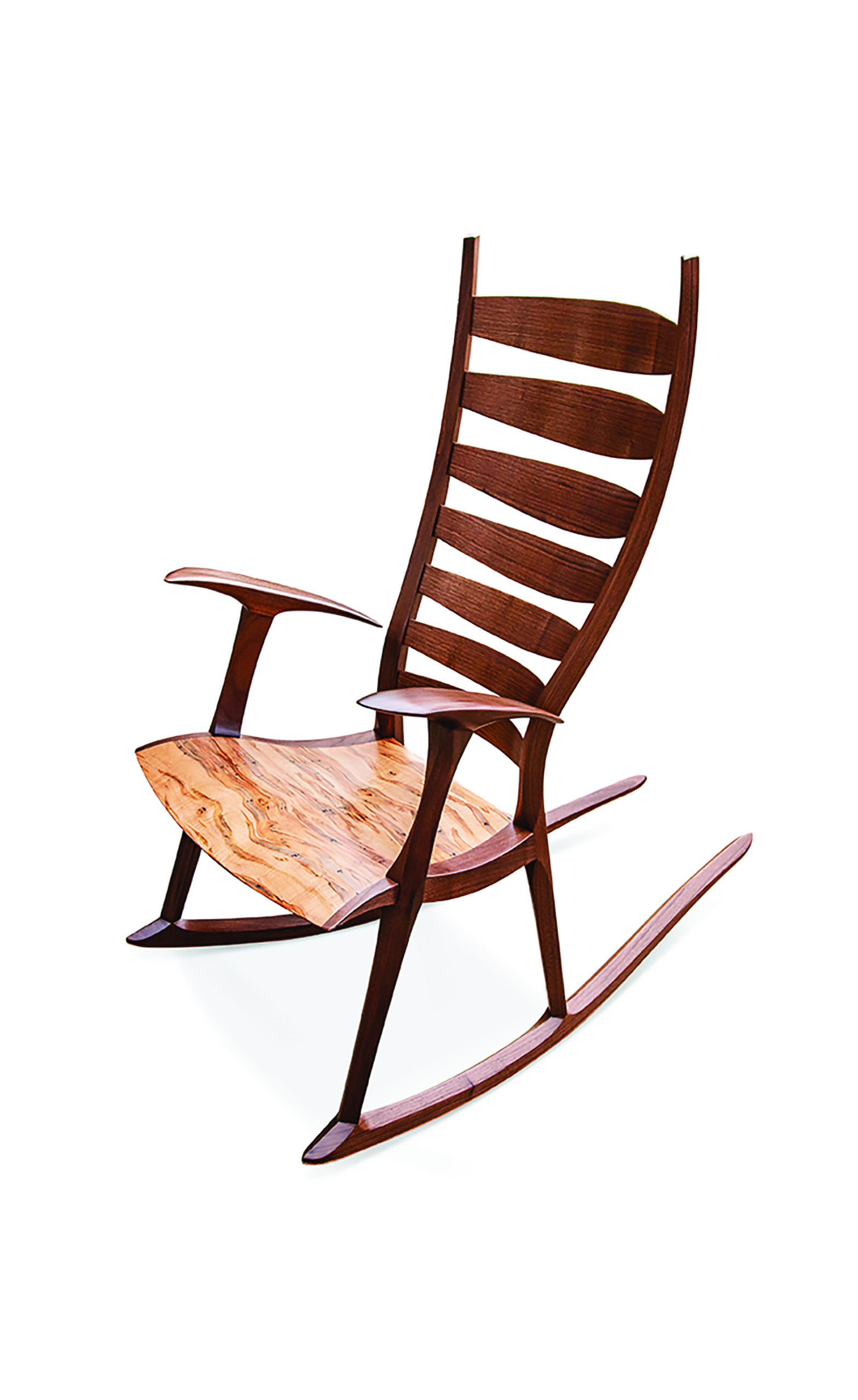
This ladder-back rocker (walnut and ambrosia maple) features an ergonomically shaped seat and back, The seat integrates a bio-composite that makes its thin front edge deceptively strong. | Photo: Melanie Boggs
He works with maple, cherry, walnut, oak and ash, along with other figured wood species such as curly maple, curly cherry and ambrosia maple. He professes not to have a favorite. “My relationship with each species is different because each one offers something wonderful,” he explains. He goes on to say that many craftspeople don’t like to work with oak or ash but, because these are the species he grew up with, he appreciates their range of quality and temperament. “Each board I pick up has its own character, which I can relate to and enjoy,” he says
Although he calls it a “tiresome buzzword,” sustainability has always been a big part of his chair-making business. “In the early days, you didn’t have to talk about sustainability because it just was,” he says. “You’d take a tree apart and make a chair.” Now he buys from sustainable sources and notes that because his chairs are durable, timeless and loved, they won’t end up in the landfill like many that are mass-produced.
In recent years, Boggs has devoted some of his seemingly boundless energy to teaching. He was an artist in residence at historic Berea College (founded in 1855), and many of his tutorials are available (for free) on YouTube. The interaction with the new generation of woodworkers feeds his enthusiasm for chair design. “My problem is that it is difficult to sleep,” he says, “because I wake up during the night, excited about a design, a tool, a chair or a new way of teaching something.”
Chairs from $2,400. Rocking chairs from $4,800.

